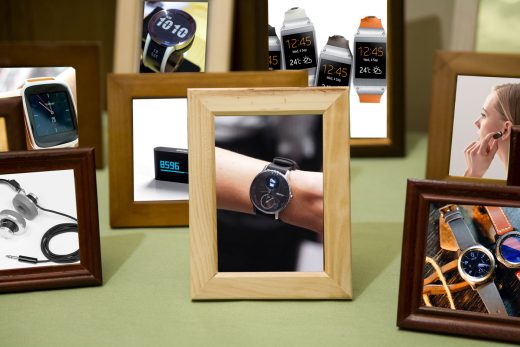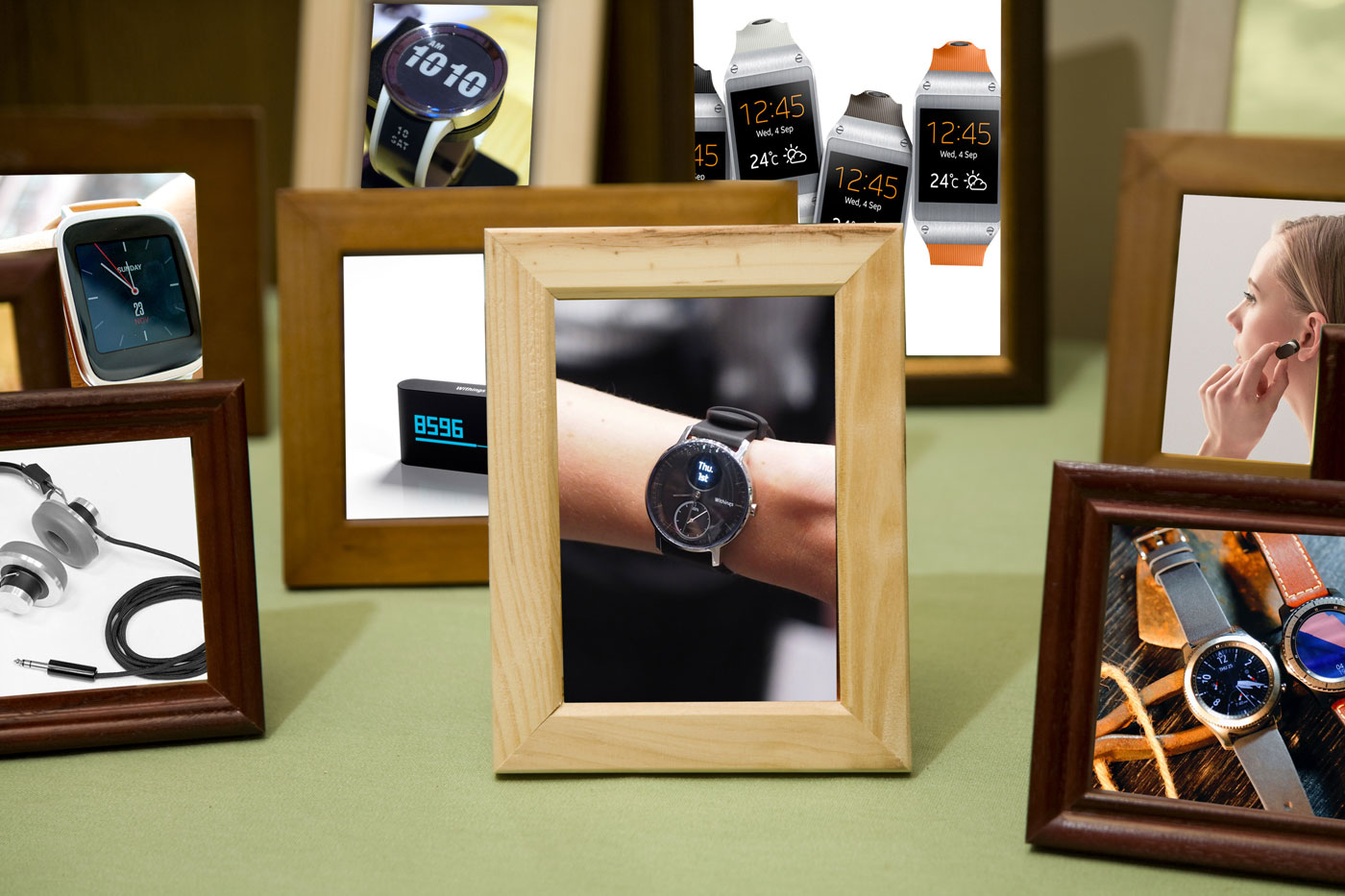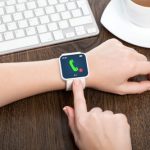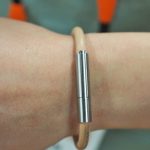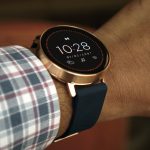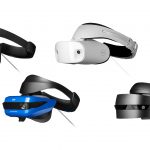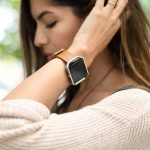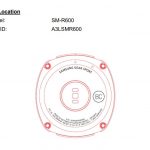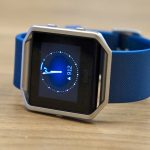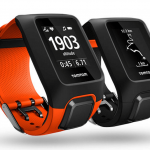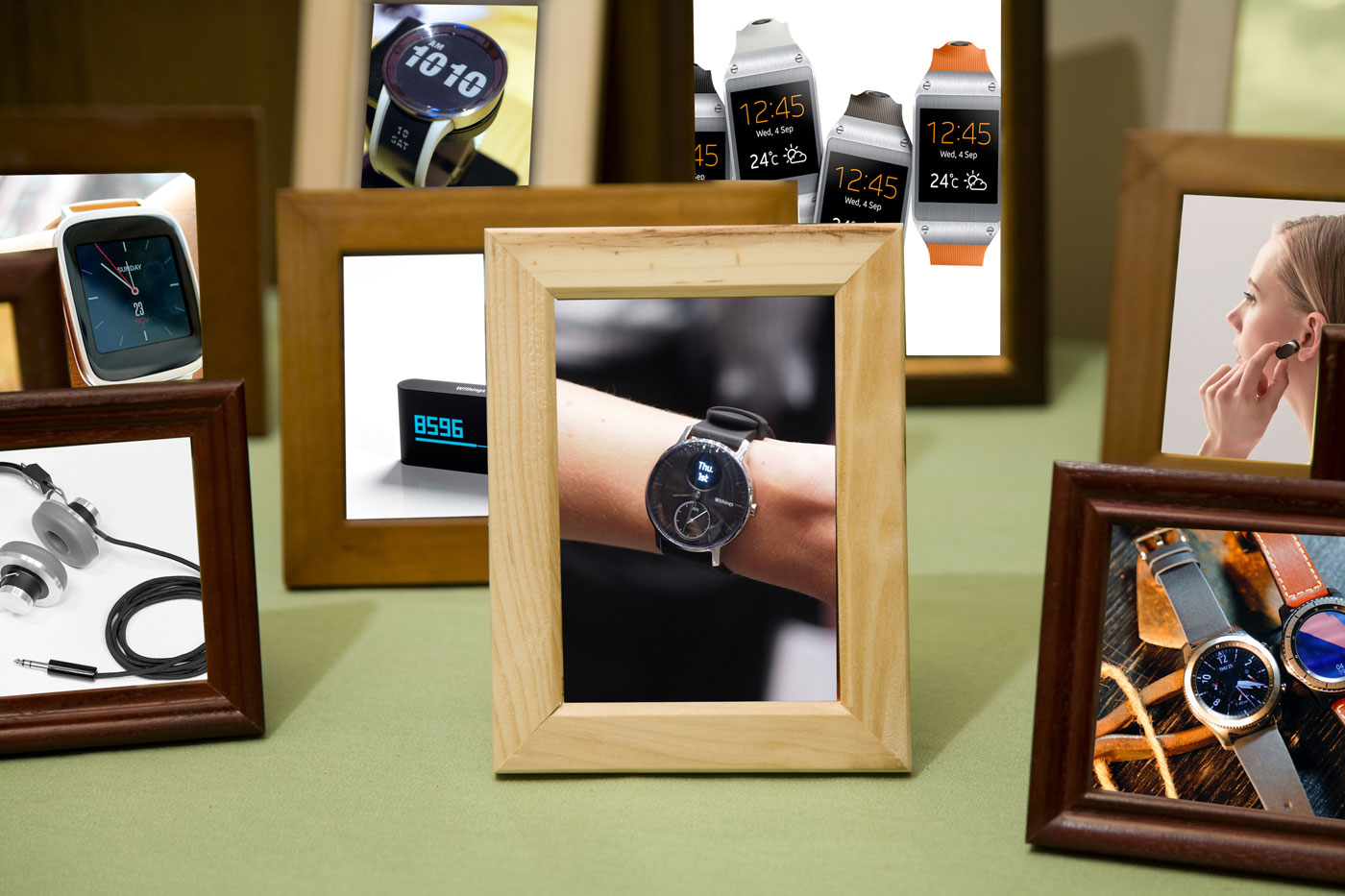IFA 2016 showed us how far wearables have come
The wearables world has come a long way in a very short time, and plenty of companies have had to learn their lessons out in public. The first devices they launched were often far, far too ugly to find mainstream acceptance, but now the fashion and wearables worlds are perfectly aligned. That’s why we’re taking a look at the devices that arrived at this year’s IFA, and comparing it with their more embarrassing predecessors. Think of it like #throwbackthursday, except nobody’s got one of those face-worn retainers you only see in ’80s movies.
ASUS’ Zenwatch
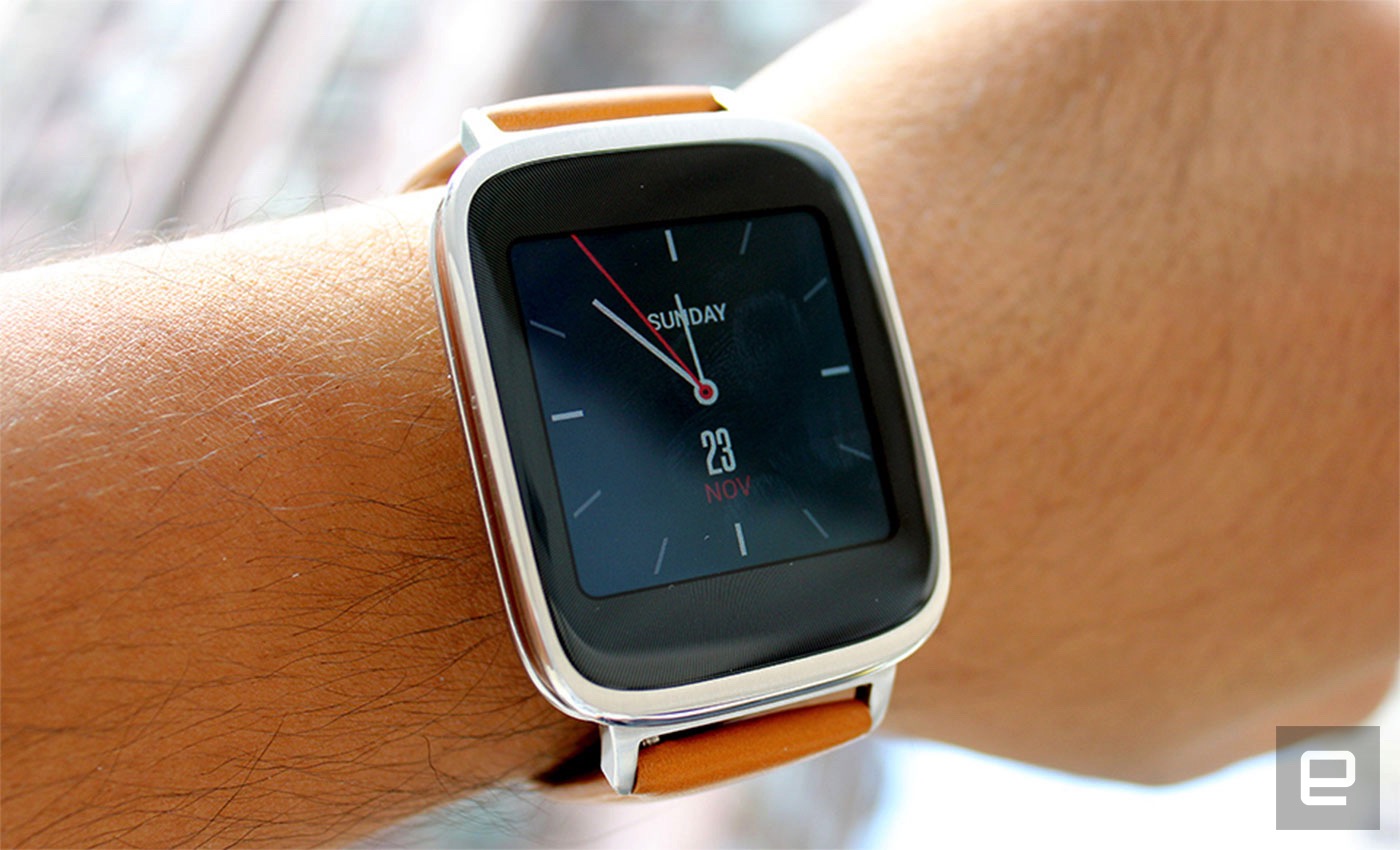
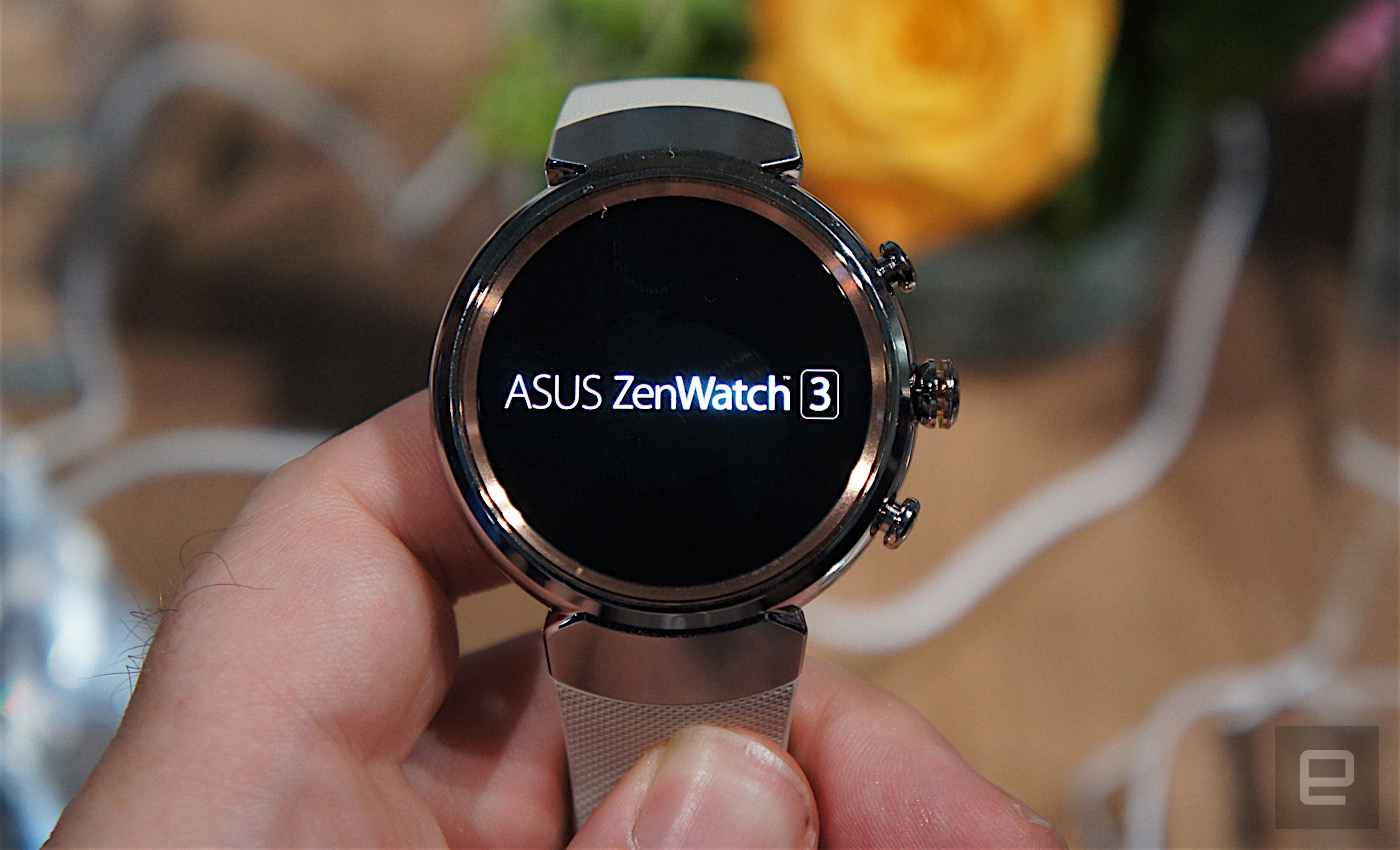
Like many other early Android Wear pioneers, ASUS thought that it was hip to be square. It made sense, since smartphones have square displays too, not to mention the (then) scarcity of truly-round displays. ASUS trimmed the price to make the Zenwatch cheaper than its rivals, and curved the glass over the face to offer an illusion of greater ergonomics. The end result is a watch that made square faces look reasonably stylish, even if it would only ever cater to a niche.
Two years down the road and ASUS has firmly grasped a copy of the fashion watch design playbook and is holding it firmly with both hands. The Zenwatch 3 is packing a rose-gold inlay, a chunky crown and double pushers, making it look less like an Android Wear device and more like a Longines. It’s the sort of watch that goes down well with business types who want to be seen wearing their money on their wrists.
Samsung Gear
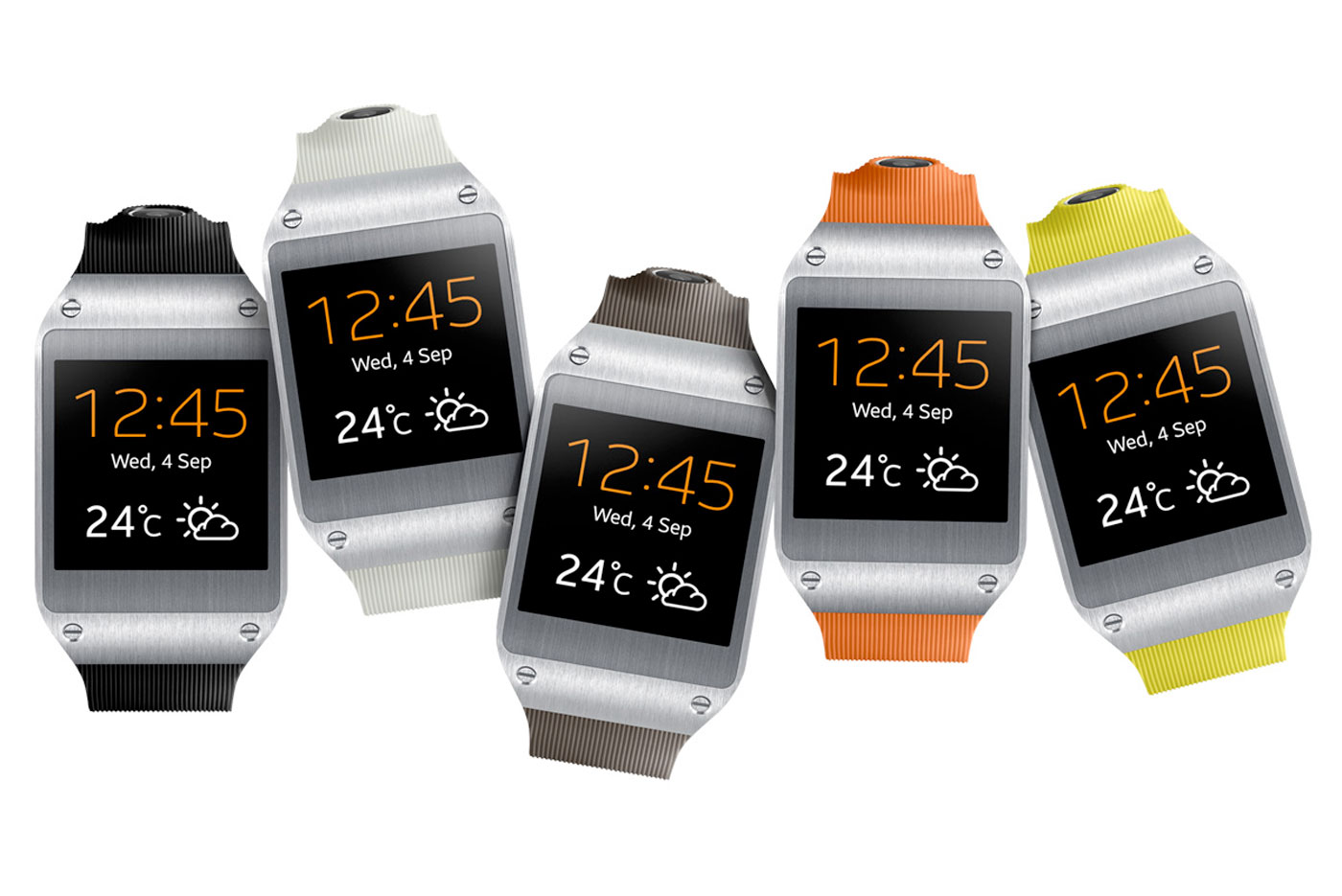
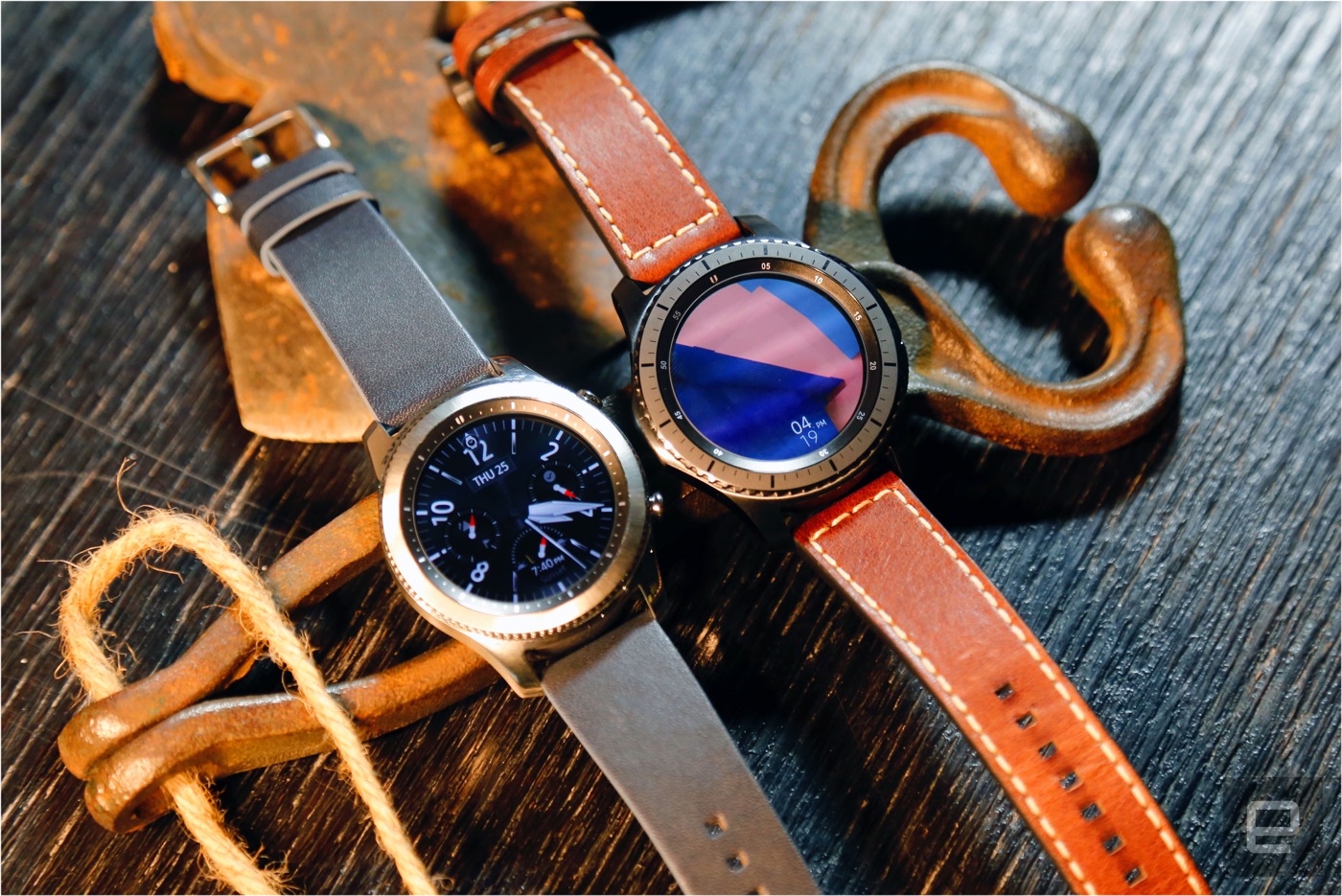
When you look at the first Galaxy Gear you have to ask what Samsung was thinking, even back then. It may have been a refinement of the company’s S9110 telephone watch, but it wasn’t pretty, no sir. Admittedly, it’s a striking piece of gear, with a brutalist design, exposed screws and a humped, 1.9-megapixel camera that juts out of the band rather than the hardware. But when you look at Samsung’s earlier smartwatches, like the SPH-WP10, the Galaxy Gear looks like pure elegance.
Just three years stand between the OG Gear and the Gear S3, but they couldn’t be further apart in the looks department. The Gear S3 looks like a regular watch, the sort of ultra-masculine timepiece that you’d see advertised in an in-flight magazine. Like its immediate predecessor, the bezel acts as a control dial, but now it’s been geared so that it doesn’t even look like a watch from the future. In fact, the Gear S3 could convincingly pass for a Rolex diving watch made half a century ago.
Sony Headphones
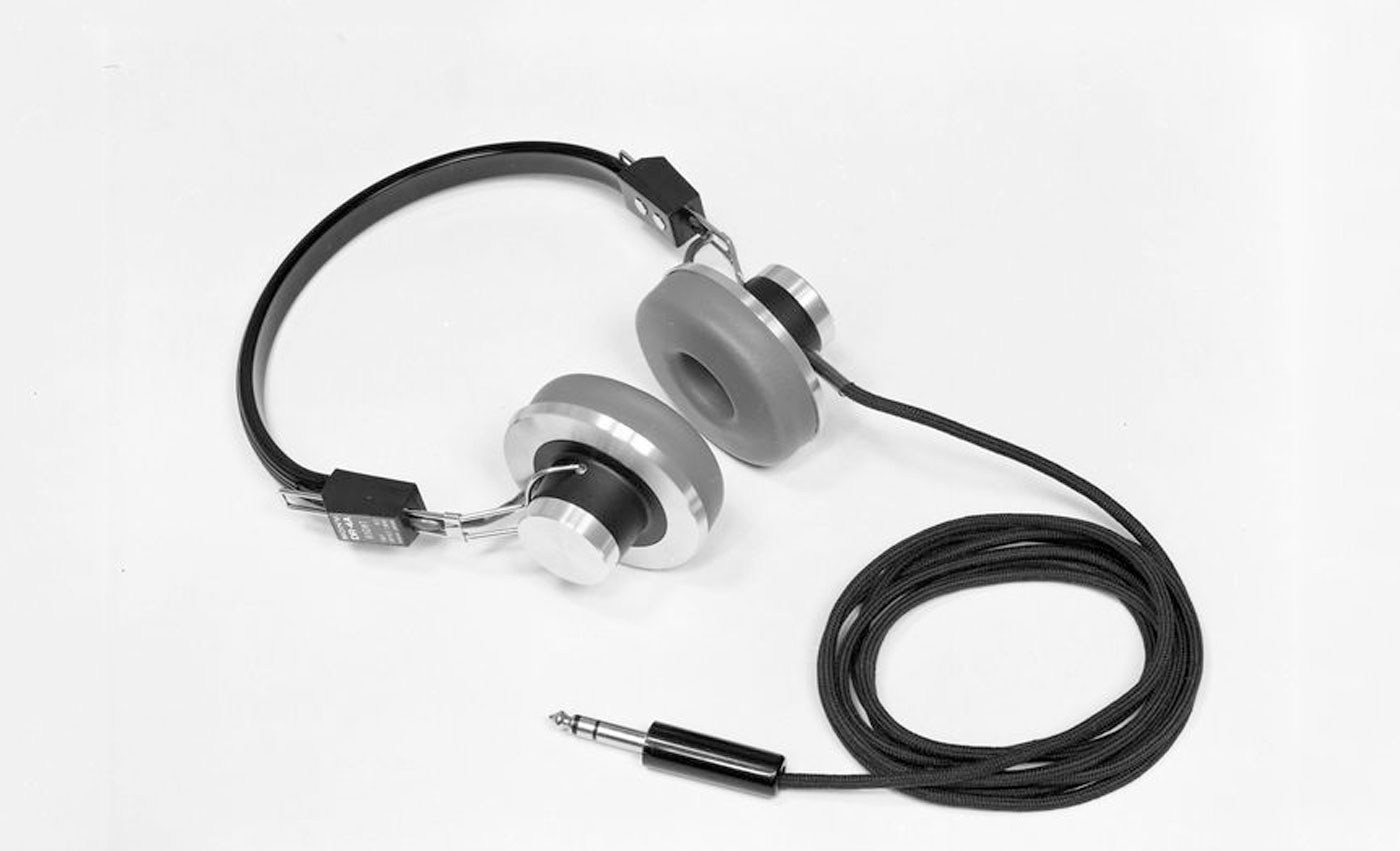
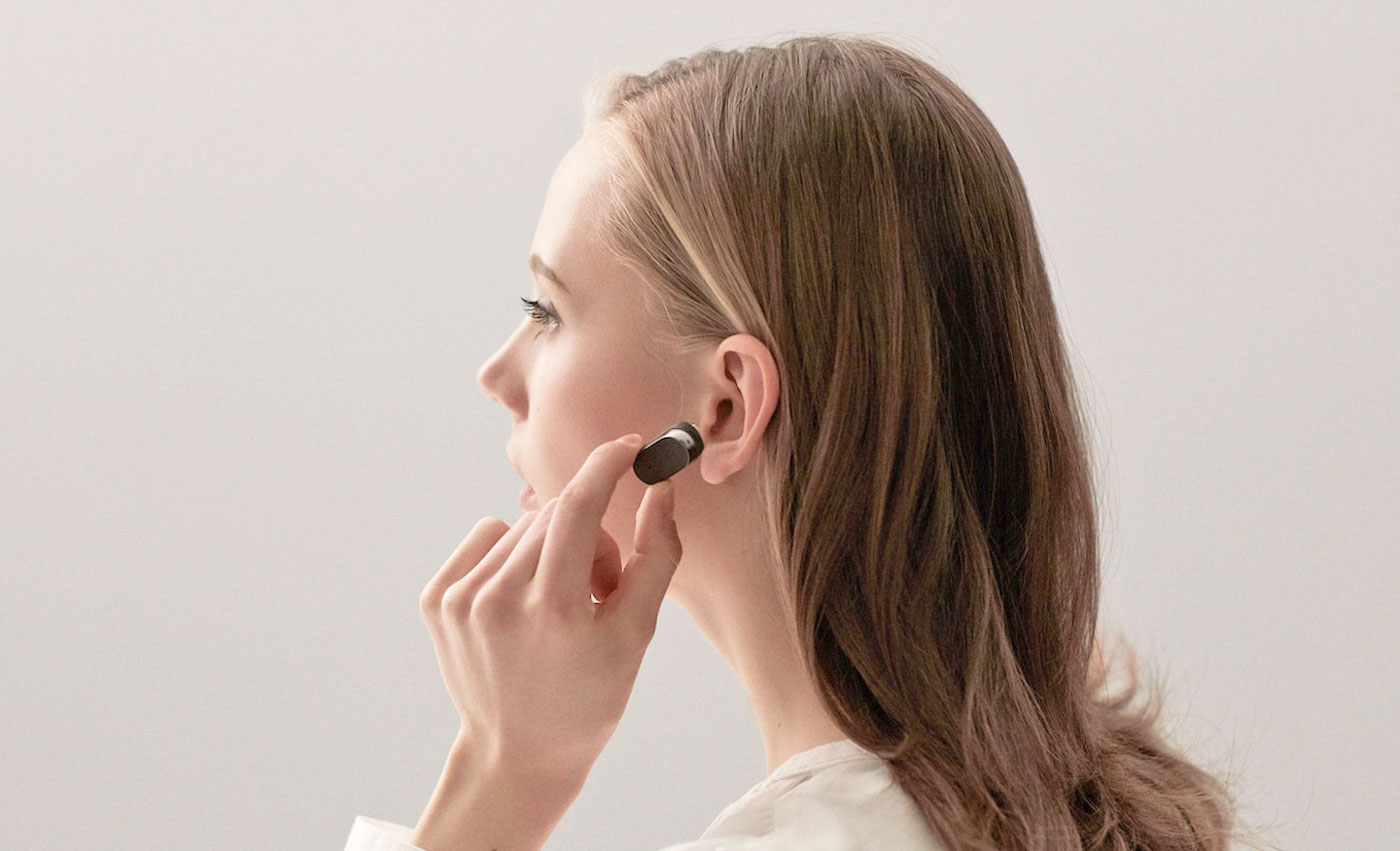
A side effect of the design of these small earpieces, of course, is that wearing them are significantly less conspicuous. In an era where people wear enormous Beats-branded cans as a matter of course, in-ear earpieces are, by comparison, invisible. While the first-generation Xperia Ear stands out, other devices of its kind — like Bragi’s Dash — aren’t meant to be visible. Although, we’re getting to the point where it’s not necessarily right to call these gadgets wearables, since they’re not really worn so much as inserted. Then again, nobody wants to walk into an electronics store and ask for the insertables section.
Withings

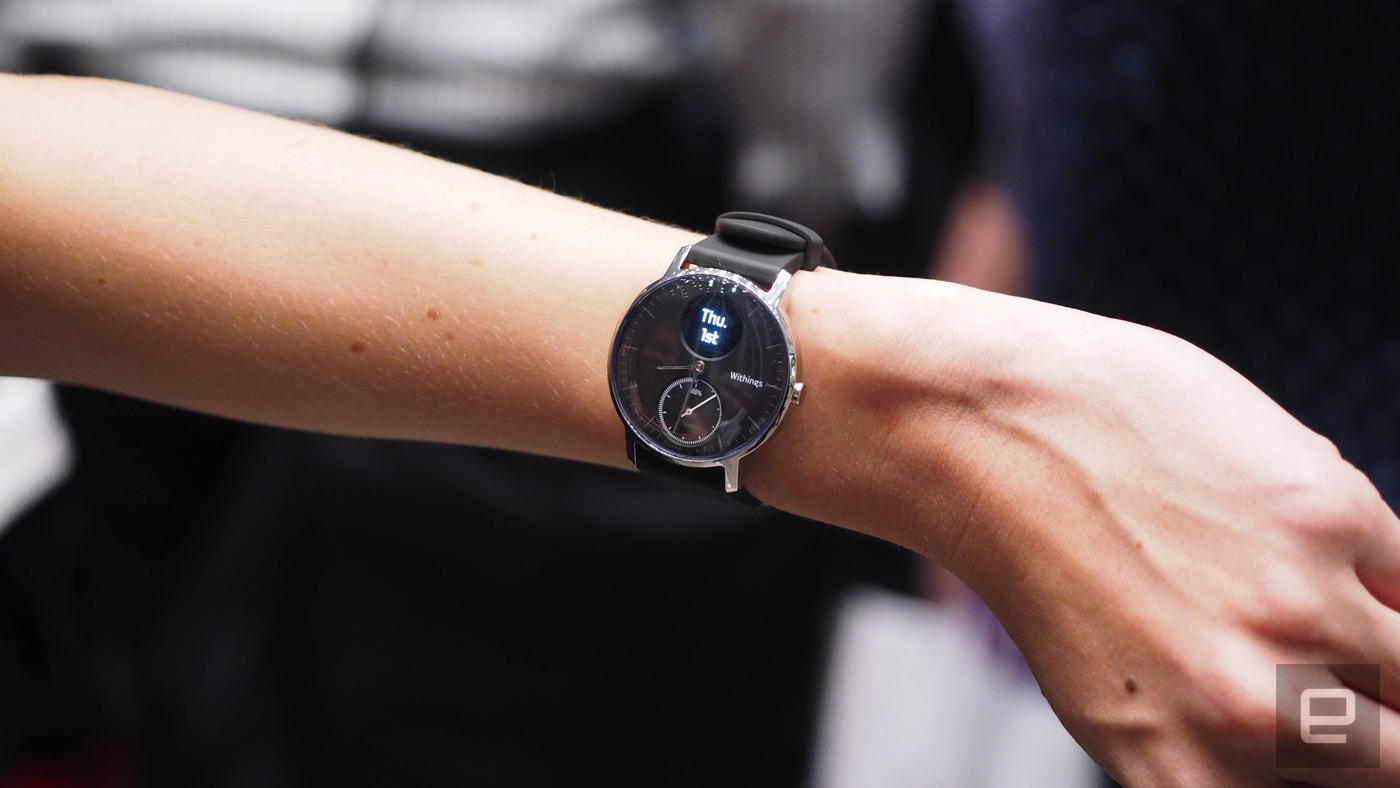
Withings has built its ecosystem of health products piece by piece, but its first device with heart rate monitoring wasn’t one for the record books. The Withings Pulse was a square rubber brick that was intended to be worn on a belt clip like a pedometer. After your workout, you could pull out the device, press it against your finger and be told how well your heart was doing at that particular moment. But aside from its blocky design, it had some great features, including automatic activity detection and a long-life battery. Unfortunately, the act of removing it from the clip wore the rubber out pretty quickly, and it was easy to forget when you changed pants.
Now, the company has seen the error of its ways and baked in the optical heart rate monitor into its Swiss-inspired watch. The Steel HR masks its more technological components between an analog dial and sub-dial — the latter of which tells you how much activity you’ve undertaken that day. The only gadgety component of the watch is the digital sub-dial which offers your heart rate, as well as smartphone notifications for calls, emails and texts. By burying the nuts and bolts behind a well-designed and subtle timepiece, Withings is pushing us towards a world where we’re not even aware of the tech we’re wearing.
E-Ink Watches
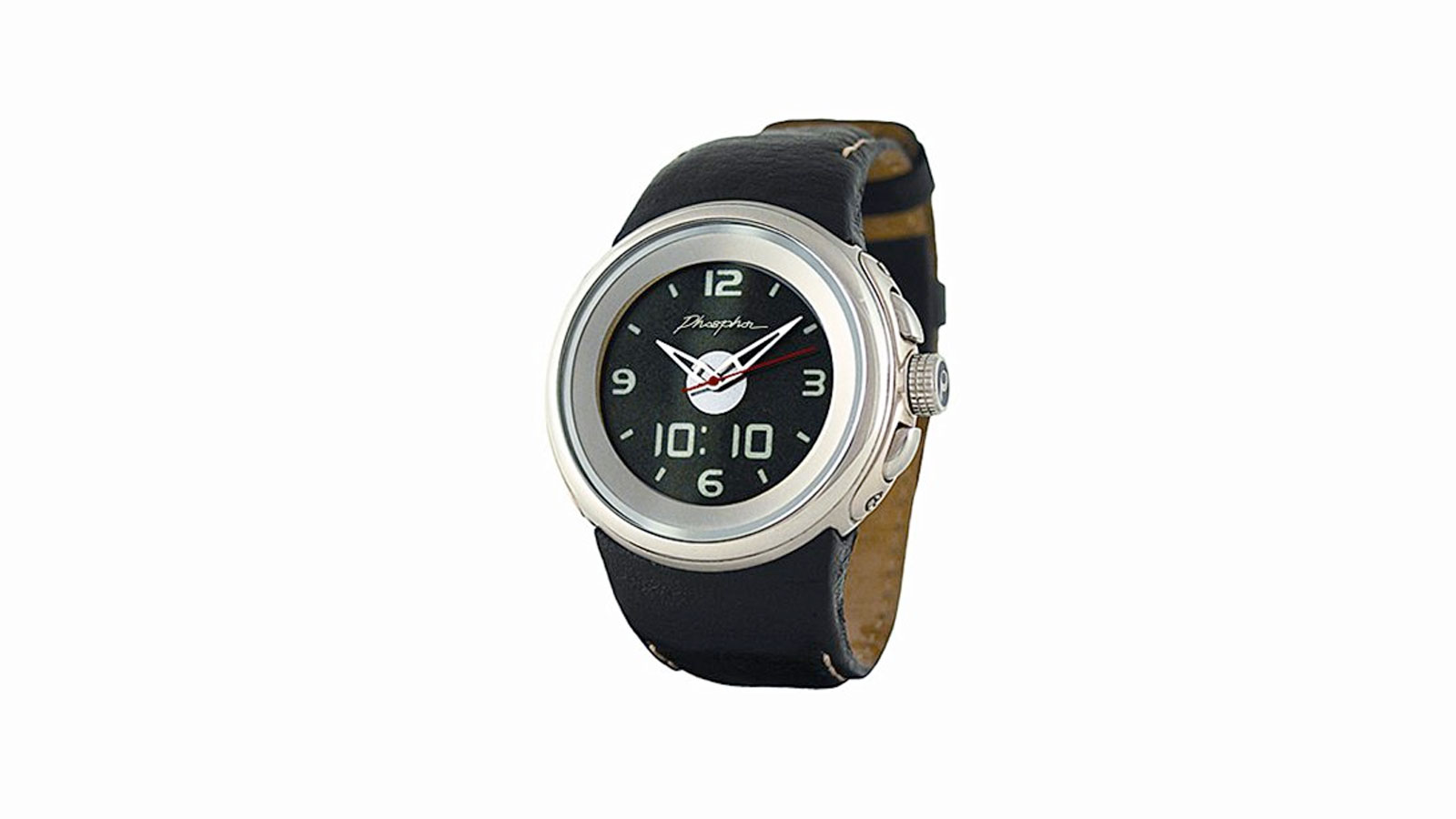
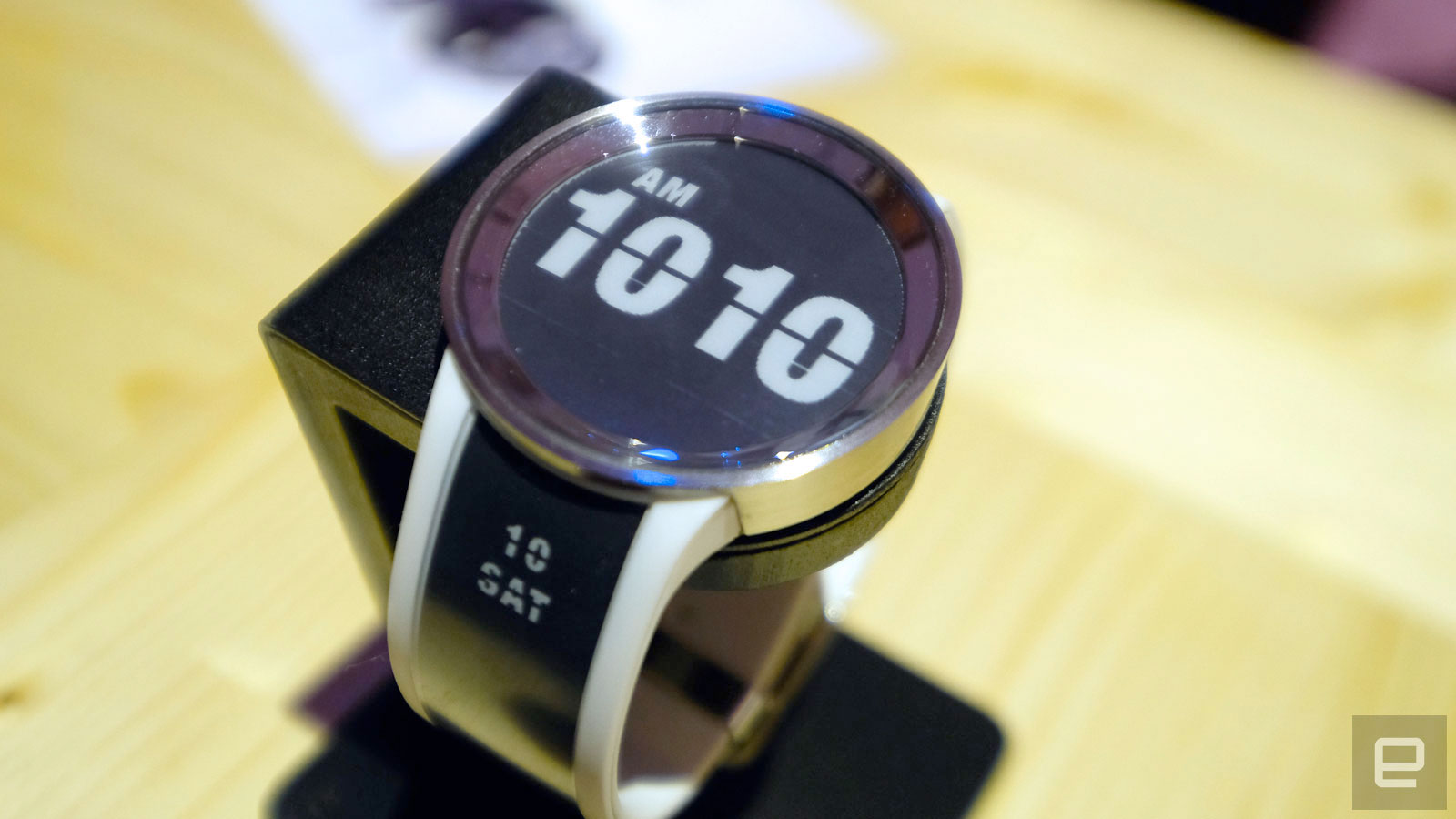
But adding E Ink to a watch clearly hasn’t provided the necessary surge in sales that Sony was hoping for. For the second-generation of its groundbreaking timepiece, it’s added more traditionally-watch like design cues. That includes a prominent bezel and sapphire glass across the crystal, making it slightly less exciting. Then again, it perhaps shows that the tried-and-tested formula for watches hasn’t changed much in the last century, and these companies have learned that if you can’t beat ’em, you might as well join ’em.
We’re live all week from Berlin, Germany, for IFA 2016. Click here to catch up on all the news from the show.
(38)

